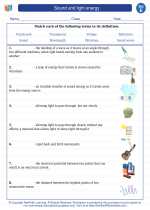Sound and light energy -> crust
Crust
The Earth's crust is the outermost layer of the Earth. It is a solid, thin layer that covers the entire surface of the Earth. The crust is made up of various types of rocks, minerals, and soil. It is the part of the Earth that we interact with every day, as it is where we live and where the land, oceans, and continents are located.
Composition of the Crust
The Earth's crust is made up of two main types of crust: continental crust and oceanic crust. The continental crust is thicker and less dense than the oceanic crust. It is primarily composed of granite and other light-colored rocks. The oceanic crust, on the other hand, is thinner and denser, and is mainly composed of basalt and other dark-colored rocks.
Structure of the Crust
The Earth's crust is not one solid piece, but is divided into several large and small tectonic plates. These plates float on the semi-fluid asthenosphere beneath them. The movement of these tectonic plates is responsible for various geological phenomena such as earthquakes, volcanic eruptions, and the formation of mountain ranges.
Importance of the Crust
The Earth's crust is of great importance to life on Earth. It provides the land and soil where plants grow and animals live. It is also a source of valuable resources such as minerals, metals, and fossil fuels. Additionally, the crust plays a crucial role in influencing the Earth's climate and supporting various ecosystems.
Study Guide
- What is the Earth's crust?
- What are the two main types of crust?
- What are the differences between continental crust and oceanic crust?
- How is the Earth's crust structured?
- Why is the crust important?
[Crust] Related Worksheets and Study Guides:
.◂Science Worksheets and Study Guides Fifth Grade. Sound and light energy
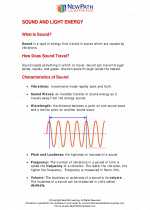
 Activity Lesson
Activity Lesson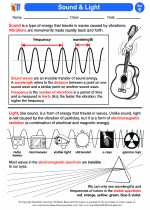
 Worksheet/Answer key
Worksheet/Answer key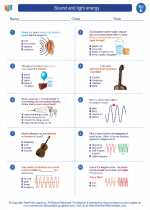
 Worksheet/Answer key
Worksheet/Answer key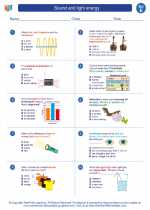
 Worksheet/Answer key
Worksheet/Answer key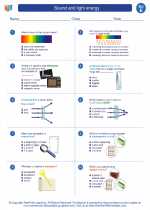
 Worksheet/Answer key
Worksheet/Answer key
 Vocabulary/Answer key
Vocabulary/Answer key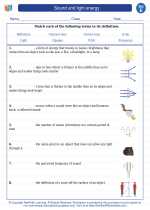
 Vocabulary/Answer key
Vocabulary/Answer key